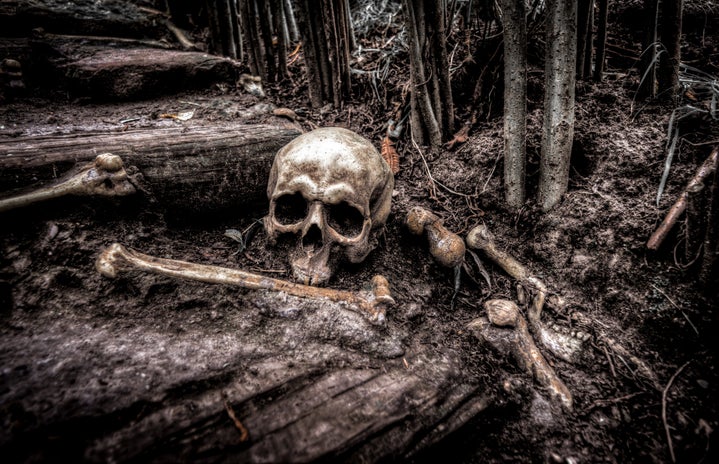There was a point where death seemed to permeate every aspect of my life. My beloved singers perished to everlasting sleep, childhood television shows aired for the last time during the weekly seven o’clock block, and family members transitioned into a world that no mortal knows of, that is, until it is our time to make peace with our mortality. As a child, I could not process death and dying properly — a lone tear would shed, yams and macaroni would suppress the grief lurking after the funeral, and a monthly visit to the cemetery replaced the bodies that used to soothe my distress when injured from recess activities. The uncertainty of what it means for a casket to kiss the brown, sheltered soil was never processed, and as a result, immortality and mortality morphed into concepts that I could not privately understand.
I processed the battle alone, fighting between understanding the reality of death and the seeming immortality of cemeteries. Conversing with my elementary and middle school peers deepened the alienation that occurred from losses at a young age; many had never been to a funeral or lost someone close to them by the age of ten, and many more believed that death was an urban legend among the mists of Santa Claus and the Tooth Fairy. Even during playdates, where false deaths would occur, a happy ending saved the inflicted Bratz doll from an early demise; a child’s imagination awakened the fallen soldier, ending the somber scene until the next roleplay fantasy and scheduled sleepover. Why could mortal life not embrace the childlike recreations of daydreaming?
Immortal objects, who have never breathed once, garnered more chances of mortality than someone who had lived twice as many times before. The soul released itself from all cognitions affecting earthly life, but the headstones and burial plots of individuals, all who used to live, would never expire. How fair was it that granite stone remained as the only remainder of a person who lived, something and someone more organically relevant than the composition of quartz and trace minerals? To live is to die and to die is to live; don’t immortal objects live every day through someone’s legacy?
I do not know the answer, but I am searching for it. Scientifically, a mortal refers to any entity that experiences death. Yet, I am finding that our inanimate objects live far longer than any mortal being. Through headstones or grave markers, our loved ones experience everlasting life, and it is through immortal concrete and stone that overlaps the mortality of death. If to possess mortality is to live, then perhaps immortal entities might not be as different from mortals as thought.

